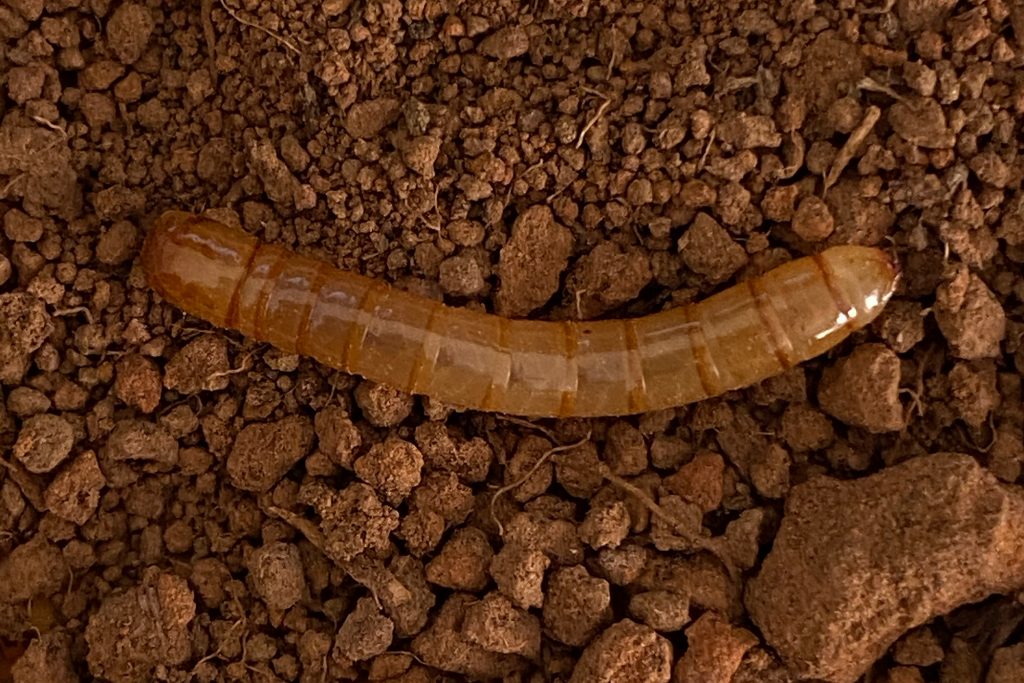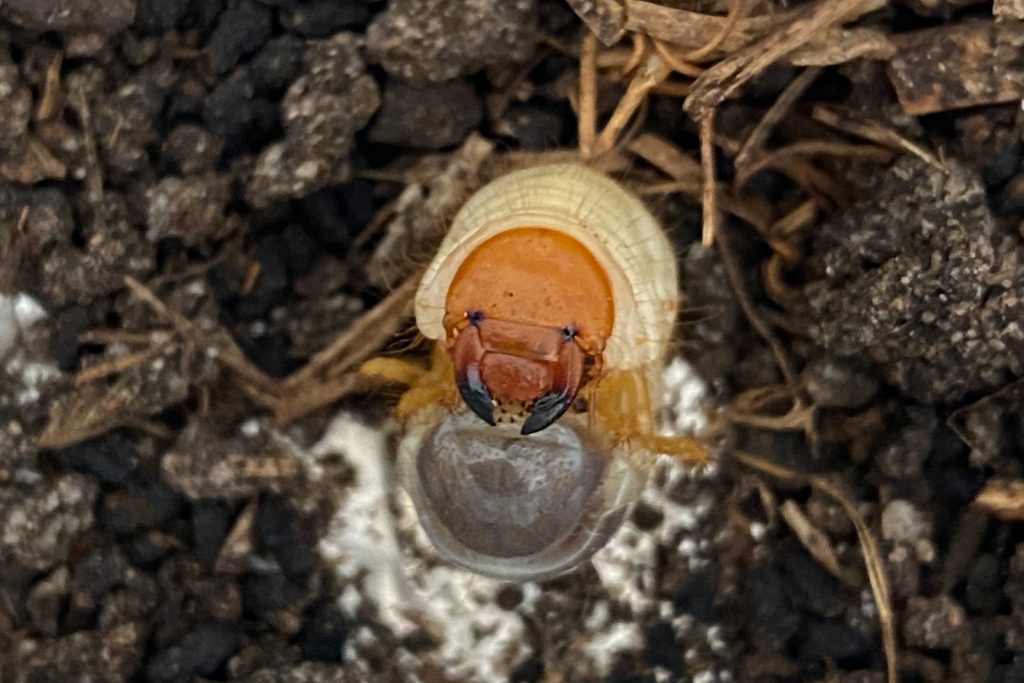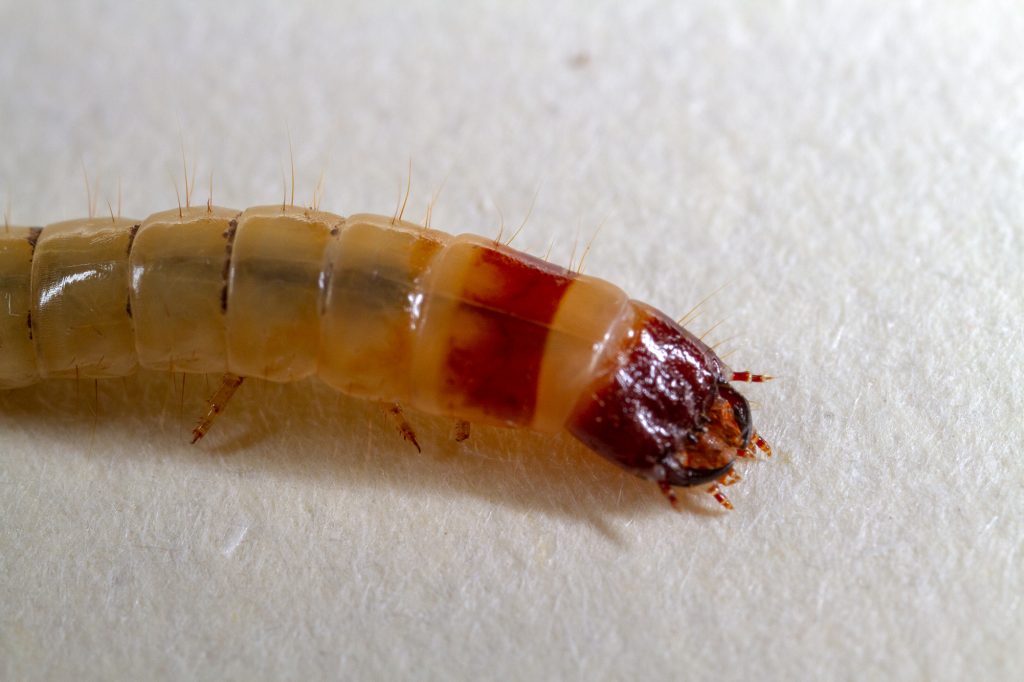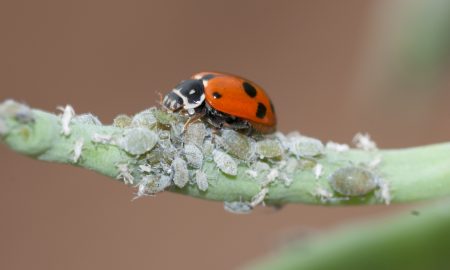Since March we have helped growers and advisers with over one hundred identifications; that’s a 65% increase in requests compared to this time last year!
Helping growers and advisers identify agricultural invertebrates is core to the PestFacts south-eastern service.
The most successful way for us to identify invertebrates is by sending in a sample, although we understand that this is not always the quickest or most convenient path.
That’s where smartphones or cameras can help, and we do welcome identification requests through photos.
But often our success in providing you with an identification is highly dependent on the quality of photos that we receive.
Help us to help you by adopting our top 5 tips on taking photos for invertebrate identification.
1. Focus
First and foremost, photos need to be clear.
Blurred, fuzzy, or grainy invertebrate photos are more often than not, too difficult to identify.
Also ensure that it is the invertebrate that is most in focus, and not the plant or your hand or the soil.

2. More is more
Identifying an invertebrate from just one angle/photo is not ideal, particularly if they are obscured by soil or plants.
Take several photos from various angles such as top down, side view and/or front on, where applicable.
Also take photos of several individuals to account for variation in the population.

Photo by Julia Severi, Cesar Australia 
Photo by Julia Severi, Cesar Australia
3. Invest in a macro lens
A smartphone macro lens is a small additional lens that you can clip on over your smartphone camera.
We highly recommend purchasing one as it allows your phone to take images much closer to an invertebrate without it going blurry.
They can be purchased for as little as $5 online.
They are particularly good for smaller invertebrates like aphids and mites, but they can also be used on other types such as caterpillars, moths and beetles.
Note that they can take just a little bit of practice to get used to. If you have shaky hands it can help to rest your elbows on a support to take a clearer photo.

4. Think micro
You may be taking a photo of a relatively large invertebrate such as a caterpillar or beetle, but often we still have to look at microscopic features.
Small features such as hairs, raised spots, segmentation, head form and mouthparts, antennae and legs, all provide key information about the invertebrate.
To help us see the finer details, take some close-up photos of your invertebrate in sections (e.g. thirds).
Images taken too far away are likely to be difficult for us identify as they are become pixelated when we zoom in on areas.

Photo by Andrew Weeks, Cesar Australia 
Photo by Andrew Weeks, Cesar Australia
5. Cool it
Put your insects on ice if necessary.
Some invertebrates, such as mites, can move around incredibly fast, which makes taking a good photo tricky.
If you can’t snap a clear shot of an invertebrate because they won’t sit still, collect a sample in a container and put it in the fridge for 10 – 15 minutes.
This will temporarily make them sluggish.
If all else fails?
If you aren’t sure if you have taken enough photos, or of the right angle or features, contact us and we can provide guidance and tips.
There will be some circumstances where photos aren’t sufficient for an identification e.g. some invertebrates at a very young life stage.
Just in case, we recommend being prepared to send us a sample by keeping a small container handy in your car.
Cover image: Photo by Cesar Australia





